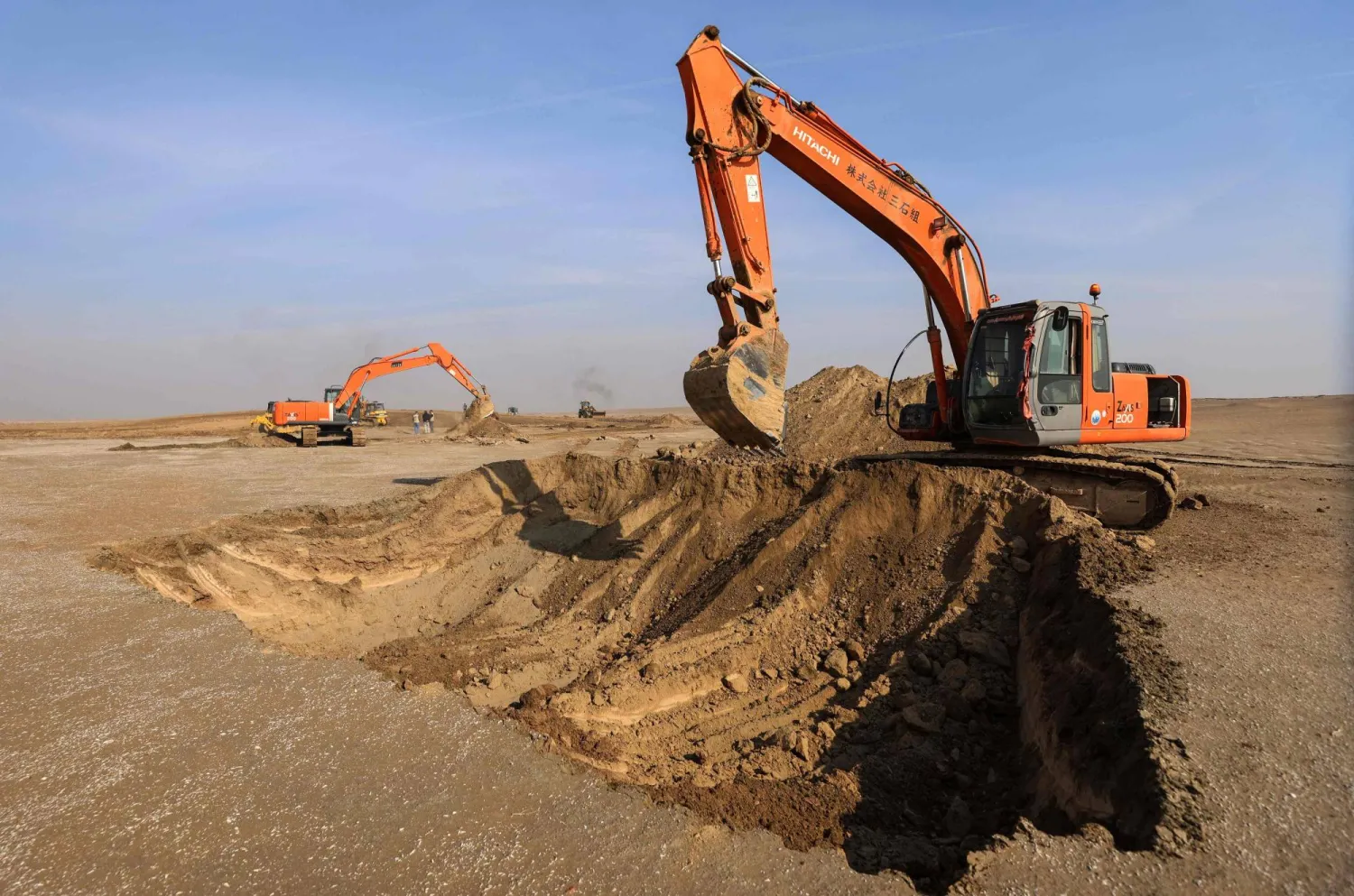Minister of Antiquities Khaled al-Anani revealed that 33,000 ancient artefacts are missing.
"31,000 of the missed pieces are kept in the house of a citizen, who tried to register them, after the endorsement of the law that allows keeping antiquities under the supervision of the ministry, and bans selling or exploiting them,” Anani said during a parliamentary session.
“The best solution to protect antiquities against theft is to establish an electronic database, and we have already started working on it.”
Last year, the Ministry of Antiquities launched a campaign to save and renovate museums' depots in order to save the human heritage and protect Egypt's archaeological treasures against violations and thefts.
At that time, archaeologists and parliamentarians called on the Egyptian Minister of Antiquities to explain the details of monuments theft, and to identify the perpetrator and his punishment before the public.
Archaeological sources said: "There are many archaeological depots that have not been inventoried before, and thus, myriads of pieces have not been registered." Egypt has 72 depots, 35 of which are in museums, 20 for archaeological missions, in addition to 17 sub depots in different governorates.
For his part, Archaeologist Osama Ibrahim said: «Museum storehouses are not secure, and the disappearance of this large number of antiquities indicates that Egypt's archaeological heritage is not protected”, pointing out that the depots have seen deterioration and lack of protection, under a weak security system.”
Speaking about the returned pieces, the minister said: "This year, we returned 500 pieces from more than 10 countries, along with 800 pieces in the last year," adding that the pieces which were exhibited at international auctions, were bought from a merchant for two pound each in 1932.The Egyptian law allowed the trade of antiquities until 1983.
Anani highlighted that the international law obstructs the return of the Egyptian monuments stolen abroad, because of the UNESCO Convention signed by Egypt since 1970. However, it’s not true that 70% of the country’s antiquities are stolen, and the Convention requires the submission of any document proving the ownership of the pieces to return them to their original country."
Finally, he announced that part of the Grand Egyptian Museum will be partially open for public at the end of this year, and revealed that a new international discovery will be unveiled within the few coming weeks, along with opening of the first museum in Mersa Matruh.









